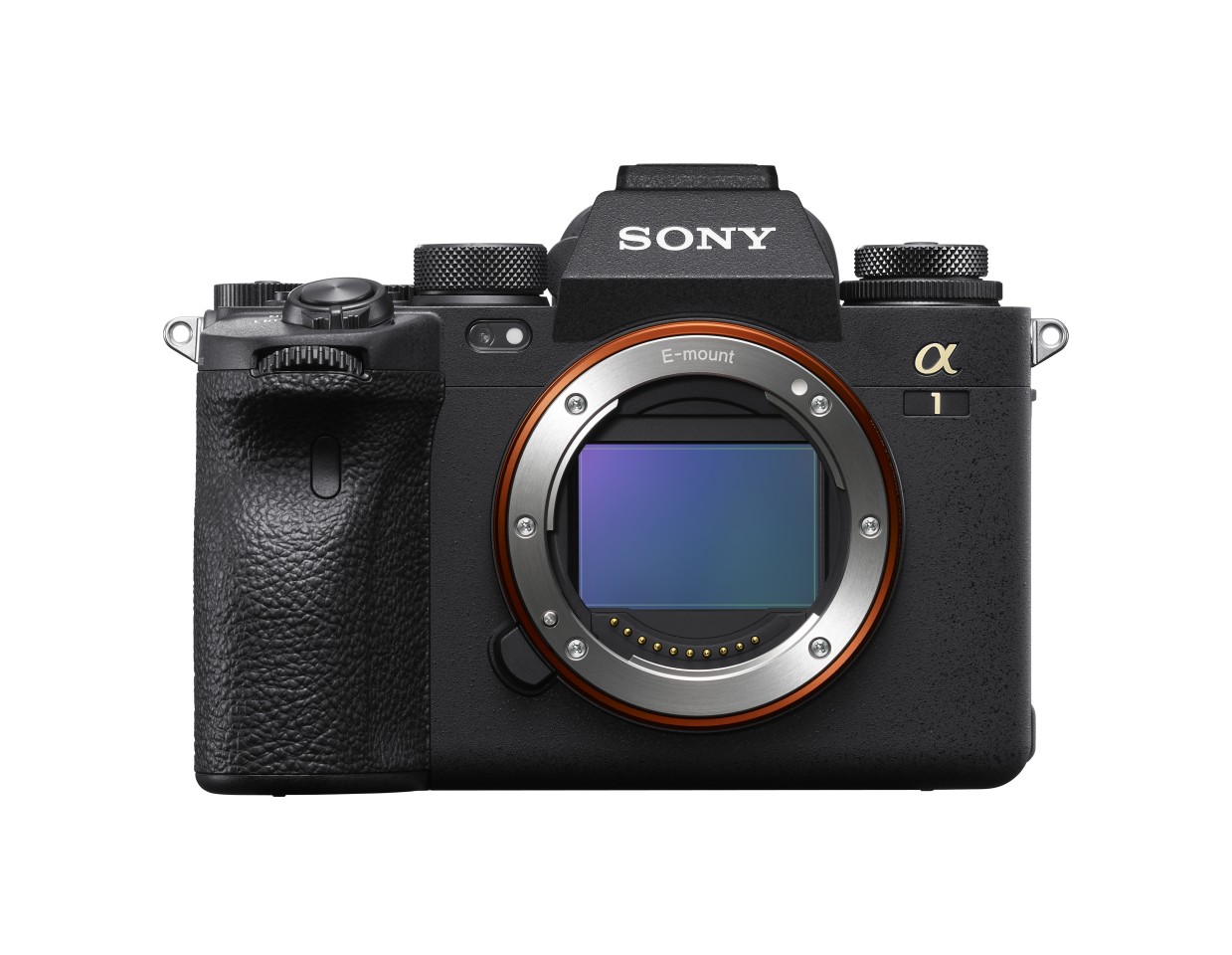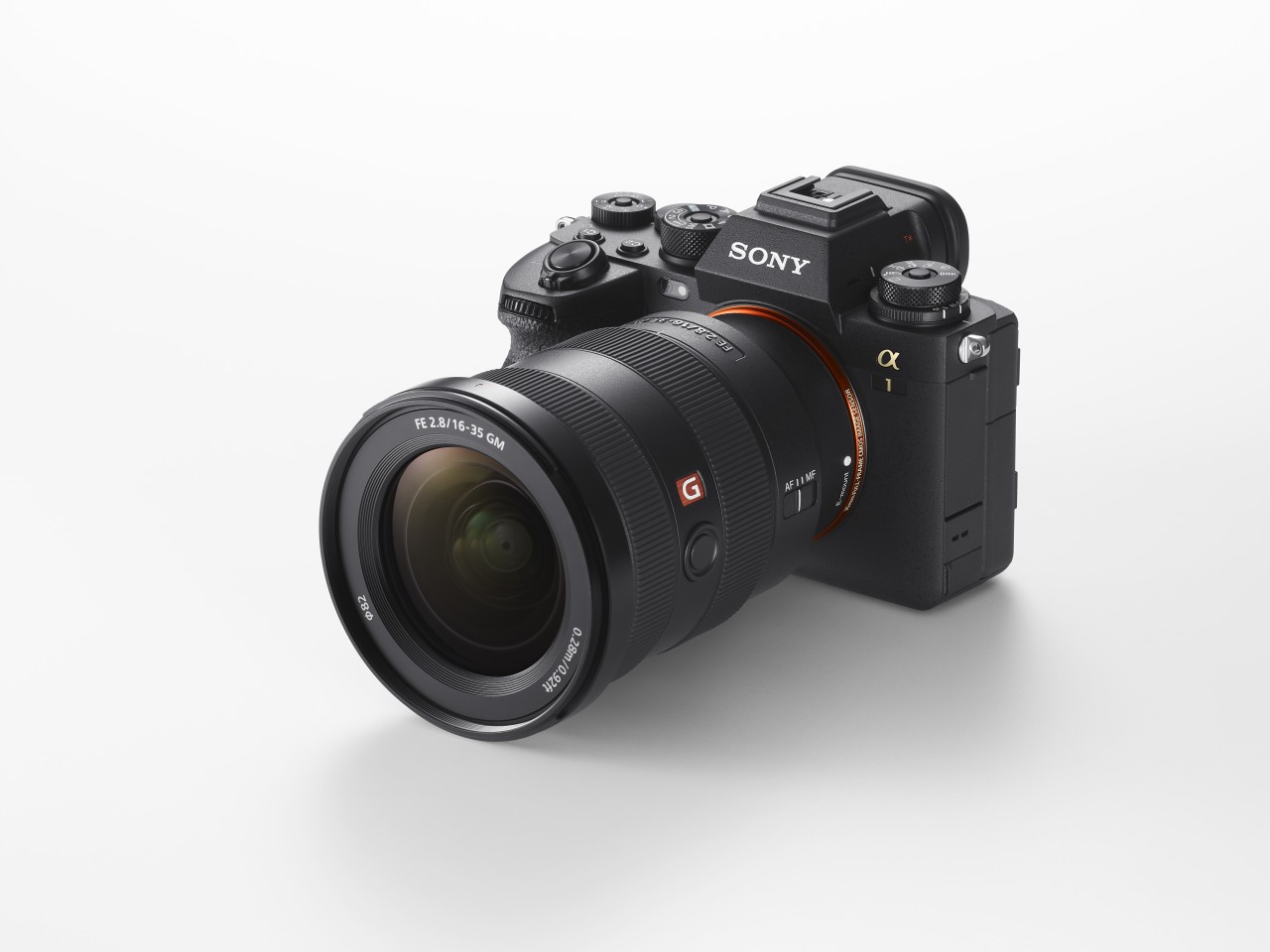Sony has pulled back the curtain on what it’s calling the most technologically advanced camera that the company has ever released. The Alpha 1 leads the pack with a newly developed 50-megapixel sensor, 30 fps continuous shooting and 8K/30p video.
“We are always listening to our customers, challenging the industry to bring new innovation to the market that goes far beyond their expectations,” said Sony’s deputy president of Imaging Products and Solutions Americas, Neal Manowitz. “Alpha 1 breaks through all existing boundaries, setting a new bar for what creators can accomplish with a single camera. What excites us the most – more than the extensive product feature – is Alpha 1’s ability to capture that which has never been captured before. This camera unlocks a new world of creative possibilities, making the previously impossible now possible.”
With professional users in mind, Sony has treated the Alpha 1 to a brand new 50.1-MP Exmor RS full-frame stacked CMOS image sensor that comes with its own memory. When paired with the company’s Bionz XR processing engine, that combination makes continuous shooting at up to 30 frames per second (fps) possible, with Sony promising zero blackouts between shots thanks to a 0.64-type quad-XGA OLED viewfinder with a 9.44 million-dot resolution and a 240 fps refresh rate.

Sony
And there’ll be no flicker from either the mechanical shutter or the silent and vibration-free electronic shutter in continuous shooting mode. Rolling shutter has been reduced too, by 1.5x compared to the Alpha 9 II. A large buffer and high-speed sensor readout also mean that up to 155 full-frame compressed RAW images can be snapped at 30 fps using the electronic shutter with autofocus/auto-exposure tracking engaged, or 165 full-frame JPEGs. Light sensitivity runs from ISO100 to 32,000, which can extend down to ISO50 or up to ISO102,000.
The autofocus system rocks 759 phase detection points with about 92 percent frame coverage, and the camera can keep track of fast-moving subjects with double the AF/AE speed compared to the Alpha 9 II, at 120 calculations per second – even during full-tilt continuous shooting. Sudden changes in brightness shouldn’t be a problem either thanks to an AE response latency of just 0.033 seconds.
Sony says that real-time tracking keeps subjects in the frame automatically, and real-time Eye AF for human and animal subjects has been improved. An Eye AF for birds has been added too – which will maintain tracking even if the feathered subject takes flight.
A Pixel Shift Multi Shooting mode moves the sensor in full- or half-pixel increments to capture up to 16 images, resulting in a total of 796.2 million pixels of image data being gathered. This can then be used to form a single 199 million-pixel image composite in Sony’s Imaging Edge desktop processing app.
Photo professionals can choose between compressed and uncompressed RAW image formats, as well as a lossless RAW compression option for the promise of smaller files with no quality degradation. The High Efficiency Image File (HEIF) format is onboard “for smooth 10-bit gradations that provide more realistic reproduction of skies and portrait subjects where subtle, natural gradation is essential,” and there’s a new addition to the JPEG camp too, in the shape of a “Light” JPEG/HEIF setting for image files sizes that are smaller than “Standard” images.
The camera also benefits from 5-axis optical in-body image stabilization for up to 5.5 EV stops, as well as super-fast flash synch from both the electronic and mechanical shutters (1/200 sec and 1/400 sec, respectively). And there are 15 stops of dynamic range for stills and more than 15 stops for video.

Sony
In a video first for the Alpha series, the new flagship boasts 8K/30p video chops at 10-bit 4:2:0 using the XAVC HS format and oversampling at 8.6K for eye-popping resolution. Thanks to a heat-dissipation structure, movie-makers can safely record 8K/30p video for around half an hour at a time.
Lowering the resolution to 4K ups the frame rate to 120p at 10-bit 4:2:2 quality, and 5.8K oversampling with full pixel readout (no pixel binning) is available in Super 35-mm mode. Users can also employ the S-Cinetone color matrix for a cinema-like tonal vibe.
Elsewhere in the magnesium alloy chassis you’ll find a tilting 3-inch, 1.44 million-dot LCD touch display, two media card slots that support both UHS-I and UHS-II SD cards, as well as CFExpress Type A cards, dual-band 802.11ac Wi-Fi, USB-C, Gigabit Ethernet, and support for 16-bit RAW output to an external recorder over HDMI. Sony has also added a digital interface to the camera’s shoe for improved audio when using a compatible external microphone.
The new Alpha flagship goes on sale in March for US$6,500, the rather lengthy product announcement video below has more.
Product Announcement Alpha 1 | Sony | α [Subtitle available in 22 languages]
Product page: Alpha 1
Source of Article
